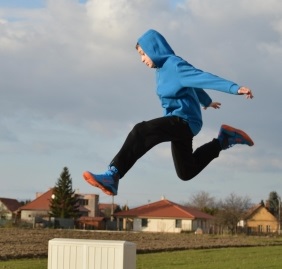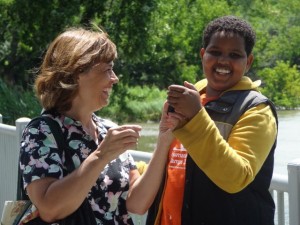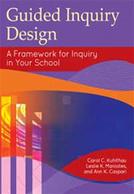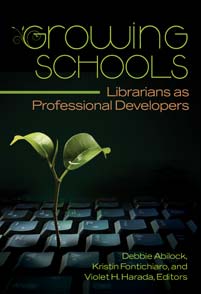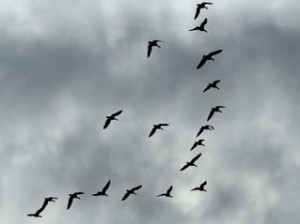 On Saturday, February 25th, #AASL executive director Sylvia Norton presented an #ESSA workshop for members of the Teacher Librarian Division (TLD) of the Arizona Library Association (AzLA). AASL offers a strong collection of Every Student Succeeds Act (ESSA) resources for all concerned school librarian/library advocates.
On Saturday, February 25th, #AASL executive director Sylvia Norton presented an #ESSA workshop for members of the Teacher Librarian Division (TLD) of the Arizona Library Association (AzLA). AASL offers a strong collection of Every Student Succeeds Act (ESSA) resources for all concerned school librarian/library advocates.
At the meeting, TLD was able to report that Arizona’s ESSA Plan, which was submitted for federal approval in January, mentions school librarians twice. School libraries are not mentioned at all in the plan. See below.
As noted in my January 30th post “Advocacy and Collaboration Support ESSA,” AzLA’s Legislative Committee and Leadership helped support TLD’s advocacy effort.
In Arizona, our challenge going forward is how to encourage school districts to include school librarians and libraries in their ESSA plans and grant proposals. As clearly demonstrated in the recent National Education Association’s (NEA) report “Library/Media Centers in U.S. Public Schools: Growth, Staffing, and Resources: Full Report” school librarianship is in desperate straits in Arizona.
These are just a few alarming Arizona data points from the NEA study report. “Those states reporting the fewest percentages of schools with library/media centers are Arizona, Massachusetts, and Alaska, (79.6%, 77.3% and 74.5%, respectively)” (19). “States reporting the fewest [school librarians] are California and Arizona (54.5% and 64.1%, respectively)” (40).
For at least a decade, educators in Arizona have only been required to pass a test in order to become state-certified school librarians. According to the NEA report, 24.5% of practicing Arizona school librarians have earned M.L.S. degrees compared with 51.85% at the national level. And I suspect that many M.L.S. school librarians are on the verge of retiring. (An M.L.S. was required in Arizona when I started my graduate program in 1990.) In districts across this state, there are minimal salary incentives, if any, to earn a Master’s degree.
With so few professional school librarians in practice, no incentives to be fully prepared for the role, and no school librarianship course work offered at a reasonable tuition in the state, it is difficult to image how Arizona school librarian/library advocates can capitalize on the ESSA opportunity. Still, for some Arizona school districts that fund (at least) half-time librarians in every school, support may be within reach via grant funds for school librarian professional development or finessing the reinstatement of full-time positions (!). Then the question will be from where will these professionals come and how will they be prepared to serve?
The view from the Grand Canyon state may be bleak but thankfully, there are bright spots on the national level that offer encouragement for the future of our profession. In Pennsylvania and Nevada, there are efforts to require full-time, state-certified school librarians in every public school.
If you have an ESSA update to share, please do so by adding a comment to this post.
Arizona’s ESSA Plan
“Section 5.2: Support for Educators
A. Resources to Support State-level Strategies. Describe how the SEA will use Title II, Part A…
Improve quality and effectiveness: The Arizona Department of Education continues to support, leveraging Title II-A funds, many initiatives and projects to improve the quality and effectiveness of teachers and principals including, but not limited to:…
•School librarians to share professional learning for colleagues and disseminating the benefits of new techniques, strategies and technologies” (41).
“Section 6: Supporting All Students
6.1 Well-Rounded and Supportive Education for Students
When addressing the State’s strategies below, each SEA must describe how it will use Title IV, Part A funds and funds from other included programs, consistent with allowable uses of fund provided under those programs, to support State-level strategies and LEA use of funds…
B. The State’s strategies and how it will support LEAs to provide equitable access to a well-rounded education and rigorous coursework in subjects in which female students, minority students, English learners, children with disabilities, or low-income students are underrepresented. Such subjects could include English, reading/language arts, writing, science, technology, engineering, mathematics, foreign languages, civics and government, economics, arts, history, geography, computer science, music, career and technical education, health, or physical education.
LEA curriculum and instruction, as required by Arizona Revised Statutes §15-701, will be aligned to challenging academic standards. Through alignment to Arizona standards, all Arizona students will be provided equal access to a challenging, well-rounded instructional experience. Struggling learners will be addressed through intervention strategies while advanced learners receive acceleration and enrichment based on individual student needs. Gifted learners will receive appropriate gifted education services and support in accordance with Arizona Revised Statutes § 15-779, 15-779.01 and 15-779.02. In addition, school librarians support rigorous personalized learning experiences supported by technology and ensure equitable access to resources for all students” (50).
Works Cited
Arizona Department of Education. “ESSA State Plan Final Draft – Federal Submission,” Azed.gov, https://cms.azed.gov/home/GetDocumentFile?id=58780e64aadebe183c5d5dc9. Accessed 27 Feb. 2017.
Tuck, Kathy, D. and Dwight R. Holmes. “Library/Media Centers in U.S. Public Schools: Growth, Staffing, and Resources: Full Report, 2016,” NEA.org, http://www.nea.org/assets/docs/Trends%20in%20School%20Library%20Media%20Centers%20Full%20Report.pdf. Accessed 27 Feb. 2017.
Image credit: Pennywise. “HandReach,” Morguefile.com, http://www.morguefile.com/archive/display/156694. Accessed 27 Feb. 2017.




